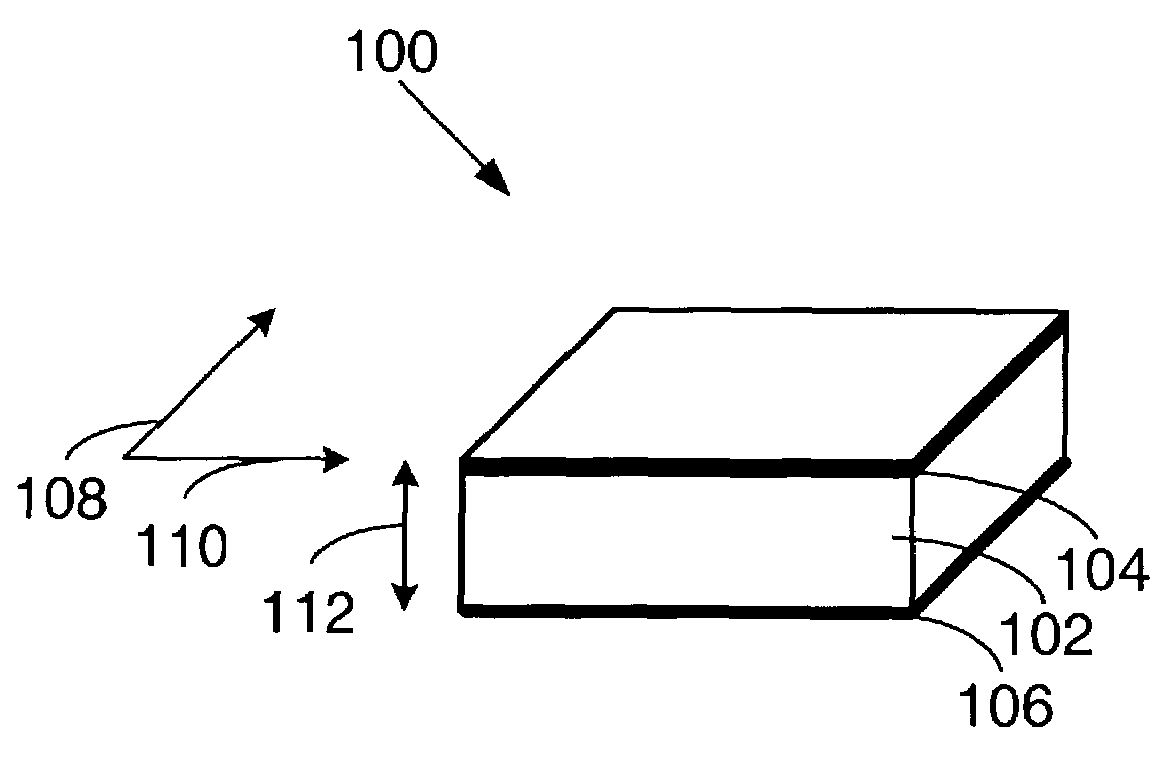Electroactive polymer devices for controlling fluid flow
a technology of electroactive polymer and fluid flow, which is applied in the direction of positive displacement liquid engines, pumps, machines/engines, etc., can solve the problems of high power requirements for engine performance, high cost, and high complexity of conventional actuator technology, such as solenoids and hydraulics, to achieve the effect of improving the mechanical response of electroactive polymer
- Summary
- Abstract
- Description
- Claims
- Application Information
AI Technical Summary
Benefits of technology
Problems solved by technology
Method used
Image
Examples
Embodiment Construction
[0055]The present invention is described in detail with reference to a few preferred embodiments as illustrated in the accompanying drawings. In the following description, numerous specific details are set forth in order to provide a thorough understanding of the present invention. It will be apparent, however, to one skilled in the art, that the present invention may be practiced without some or all of these specific details. In other instances, well known process steps and / or structures have not been described in detail in order to not unnecessarily obscure the present invention.
[0056]Before describing electroactive polymer (EPAM) flow control devices of the present invention, the basic principles of electroactive polymer construction and operation will first be illuminated in regards to FIG. 1A and FIG. 1B. Embodiments of flow control devices and systems of the present invention are described with respect to FIGS. 2A–2M and 3A–3M in the following section....
PUM
 Login to View More
Login to View More Abstract
Description
Claims
Application Information
 Login to View More
Login to View More - R&D
- Intellectual Property
- Life Sciences
- Materials
- Tech Scout
- Unparalleled Data Quality
- Higher Quality Content
- 60% Fewer Hallucinations
Browse by: Latest US Patents, China's latest patents, Technical Efficacy Thesaurus, Application Domain, Technology Topic, Popular Technical Reports.
© 2025 PatSnap. All rights reserved.Legal|Privacy policy|Modern Slavery Act Transparency Statement|Sitemap|About US| Contact US: help@patsnap.com



